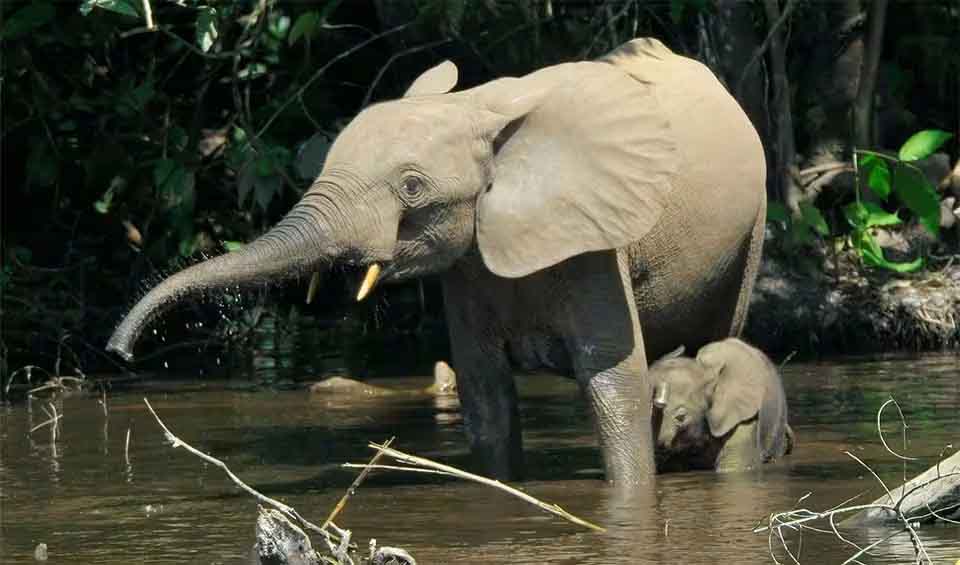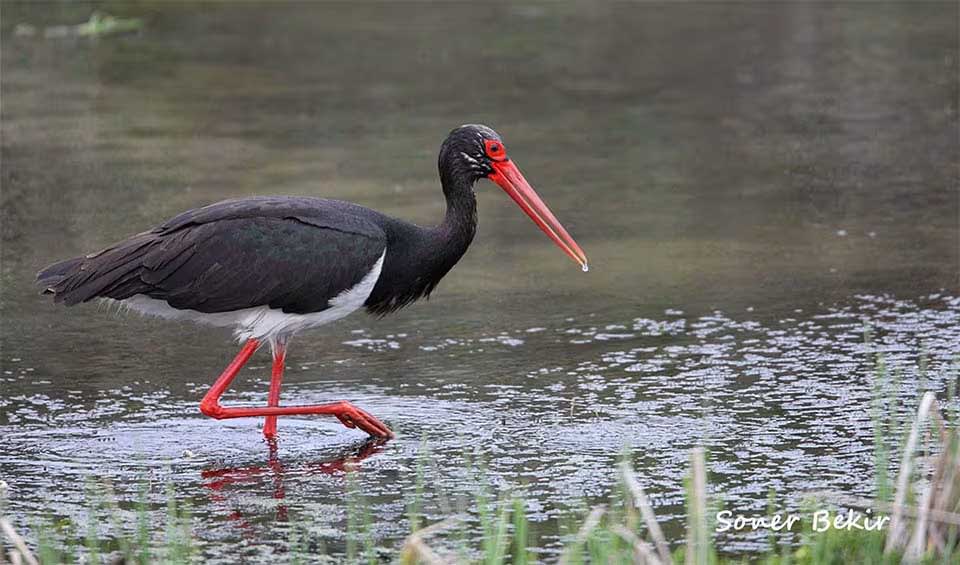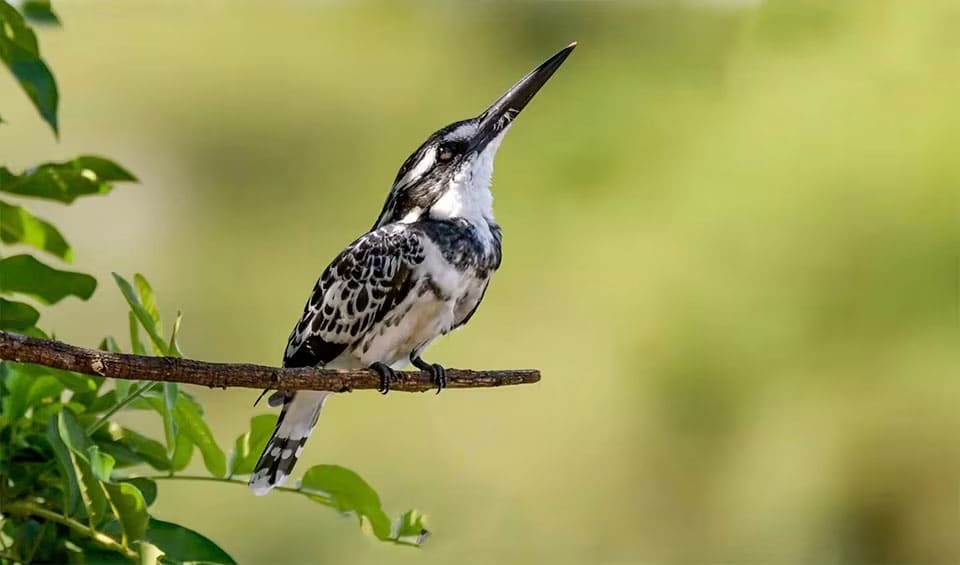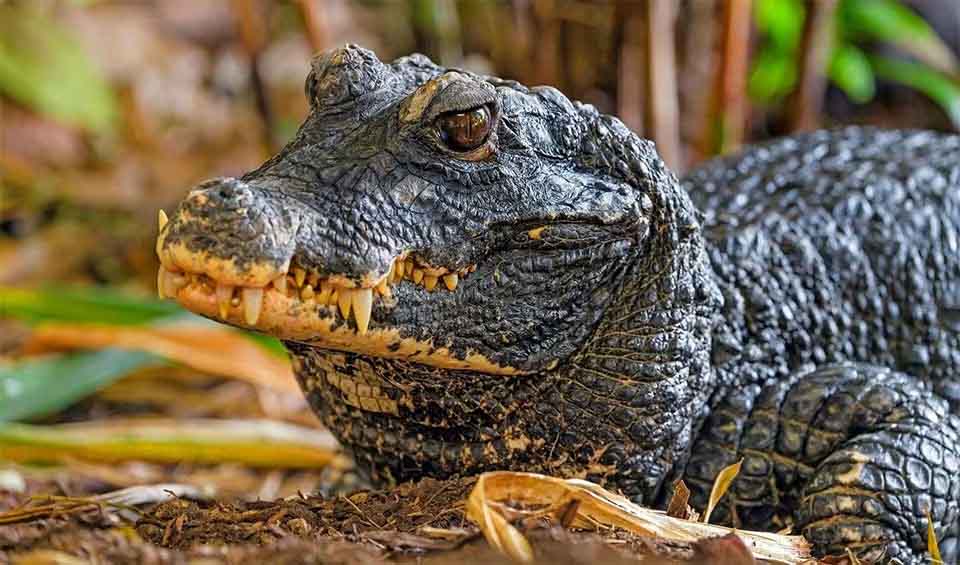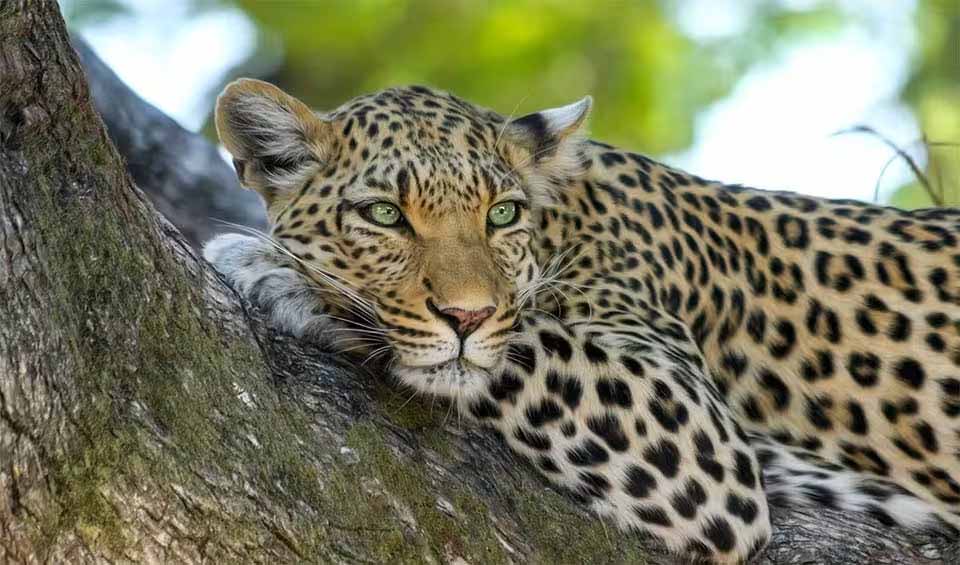Benin, a country in West Africa, boasts a remarkable level of biodiversity despite covering only a small fraction of the world’s land area. This nation features a variety of ecosystems, from the lush coastal wetlands and sandy shores in the south to the rich savannas and rugged highlands in the north. The country is home to several important wildlife species, including elephants, lions, and a variety of antelope, which roam the expansive wildlife parks like Pendjari National Park, one of the most biodiverse areas in West Africa.
Benin also hosts a plethora of bird species, making it a vital area for avian biodiversity. The coastal and riverine environments provide critical habitats for migratory and resident bird populations, contributing to the ecological richness of the country. The varied climates from north to south allow a wide range of species to thrive, from tropical forest dwellers in the humid south to species adapted to the arid conditions of the Sahel in the north.
Four pillars elaborated:
To safeguard Benin’s biodiversity, the nation has established diverse nature reserves and conservation initiatives aimed at preserving endangered species and their habitats. Notably, the W National Park stands out as a transboundary reserve shared with Niger and Burkina Faso, covering 563,280 hectares (5,633 km²) within Benin. Part of the W-Arly-Pendjari Complex, it hosts a rich array of flora and fauna, including over 500 plant species and a diverse mammalian population of 70 species, alongside more than 112 fish species. Land Management
Land Management
Similarly, the Pendjari National Park, spanning 275,500 hectares (2,755 km²) in the northwest, forms part of the same complex and boasts scenic landscapes, earning recognition as a MAB Biosphere Reserve and a vital wetland area. Housing various threatened species like hippopotamuses and crocodiles, Pendjari is renowned for its biodiversity. Additionally, Benin’s sacred forests, covering 18,360 hectares (1,837 km²), serve as biodiversity hotspots, acting as sanctuaries for numerous species and gene banks. Managed through cultural traditions and strict regulations, efforts are underway to integrate these sacred sites into the protected area system through collaborative management methods merging indigenous wisdom with contemporary science.
Identified catalysts of change encompass habitat degradation, climate variability, wildlife poaching, agricultural expansion, unlawful fishing practices, excessive exploitation of land and water resources, mangrove depletion, lagoon sand extraction, and transhumance—the movement of herders towards coastal areas due to climate shifts and land use changes, leading to resource overuse during their migration. Threats to Biodiversity
Threats to Biodiversity
Additional factors include population growth, influx of migrants, failure to adhere to forestry regulations, ineffective agricultural policies, land ownership issues, urban expansion, and pollution. While a comprehensive assessment of invasive alien species is pending, Chromolaena odorata and Eichhornia crassipes (water hyacinth) are currently recognized as significant challenges.
Benin has taken significant steps towards environmental conservation and sustainable development through the adoption of policies and laws aligned with national development strategies, such as the Forest Policy to 2025 and legislation addressing the exploitation of forest and fauna resources. Despite these efforts, enforcement of these measures remains a challenge. While the integration of the ‘Green Economy’ concept into development policies is still evolving, the Ministry of Finance has considered sustainable development pillars in growth and poverty reduction strategies. Capacity and Governance
Capacity and Governance
Benin has also focused on poverty reduction, sustainable development, and good governance through programs like the National Programme of Action (CPAP 2009-2013). Decentralization reforms in 2003 have increased civil society participation in natural resource management. Efforts to engage local communities in sustainable fuelwood markets and eco-tourism initiatives, led by NGOs like “EcoBénin,” highlight collaborative approaches to biodiversity conservation and economic development. Additionally, actions to address climate change impacts, including participation in UNFCCC and UN-REDD programs, demonstrate Benin’s commitment to environmental resilience.
Benin is confronting challenges related to deforestation and the degradation of its primary forests, yet remains committed to forging a sustainable path forward. This dedication is evident in strategic documents such as the Aichi Biodiversity Target 11 Country Dossier and the 2022-2027 Benin Strategic Framework, which prioritize biodiversity protection, habitat restoration, and sustainable land management. Central to Benin’s biodiversity strategy is the imperative to secure sufficient funding. To this end, the nation is exploring diverse funding mechanisms, including public-private partnerships and innovative financial tools, to sustain its conservation initiatives for the long term. Future Trends
Future Trends
Biodiversity
Benin’s forest ecosystems, including tropical and gallery forests, are rich in biodiversity. The country’s southern regions, particularly around the Ouémé and Mono river basins, feature dense forests home to various plant and animal species. Notable protected areas include the Lama Forest Reserve, which supports primates like the red-bellied monkey and various bird species. The Atakora Mountains in the northwest also harbor significant biodiversity, including endemic plant species and unique wildlife adapted to the montane environment.Savannas and grasslands dominate the northern and central regions of Benin. These ecosystems are characterized by a mix of grasses and scattered trees, such as acacias and baobabs. The savannas support a variety of wildlife, including elephants, buffaloes, antelopes, and warthogs. Pendjari National Park, part of the larger W-Arly-Pendjari (WAP) complex shared with Burkina Faso and Niger, is one of the most important protected areas in West Africa. This park is home to key species like lions, cheetahs, and hippos and is renowned for its large elephant population and diverse birdlife.
In the table below are the number of known species in several main groups, how many of these species are Threatened with extinction, and how many of them are Endemic (unique to Benin only):
| Species (World rank) |
Threatened | % Threatened | Endemic | % Endemic | |
|---|---|---|---|---|---|
| Mammals | 203 (#57) | 13 | 6.4% | ||
| Birds | 551 (#63) | 14 | 2.5% | ||
| Reptiles | 134 (#71) | 7 | 5.2% | 2 | 1.5% |
| Amphibians | 41 (#69) | 2 | 4.9% | ||
| Fishes | 597 (#97) | 61 | 10.2% | 2 | 0.3% |
| Plants | 2,668 (#135) | 20 | 0.7% |
mammals
Serval
Owners of the longest legs-for-body-size of all cats are widespread in sub-Saharan savannahs
Hippopotamus
1.6 ton (1.5 tonne) + 48 km/h (30 mph) = what do you think?
African forest elephant
Inhabiting humid forests in West Africa; they are the smallest of the three elephant species
birds
Lappet-faced vulture
The African giant vulture has a wingspan up to 2.80 m (9 ft) wide
Black stork
The stork with the widest geographic range
Pied kingfisher
The only member of the genus having wide distribution across Asia and Africa is sociable, unlike other members of its family
reptiles
Dwarf crocodile
Timid nocturnal with broad snouts native to Africa, they are the smallest of all crocs
African spurred tortoise
This giant is the largest African and third of all the tortoises on earth
Gaboon viper
Gaboon viper has the largest fangs and highest venom yield of any snake on earth
National Animals
Leopard
Disappearing graceful shadows, this tree-climber is on the way to extinction


